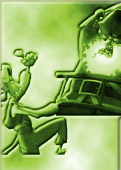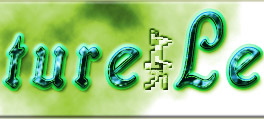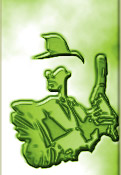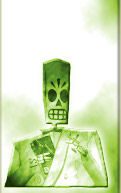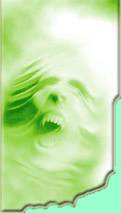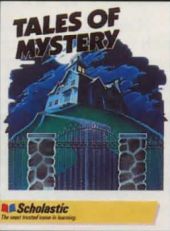
|
An educational, almost text-based adventure game designed to improve reading and logical thinking skills in English-speaking children aged nine years and older, skillfully disguised as a real detective investigation. This is a collection of two separate stories, “Haunted House” and “Mystery at Pinecrest Manor”; on the Apple II and Commodore 64 it was released under the sign “A Mystery Double Feature” , and the edition for the IBM PC/XT/PCjr also has half recorded on each floppy side. The illustrations are in a gray-brown CGA palette, sometimes diluting purely text screens, look much worse than on the Apple II or Commodore 64 ; There is no musical design here, and meager sound effects performed by the PC Speaker are quite rare. In Haunted House, we decide to go to a notoriously haunted abandoned house in the area, in which - according to what we just dreamed - one of the protagonist's friends (or girlfriends) managed to get lost. In Mystery at Pinecrest Manor, we, together with a friend (quite possibly the same one), visit our archaeologist uncle in his mansion on an island: an elderly relative proudly shows us and several other guests his latest find - a priceless ancient Egyptian figurine, which the next morning mysteriously disappears. Both games are of “Choose your own adventure”: we read description of the current situation - press “enter” to continue or select one of the available behavior options. You can use a flashlight acquired in your inventory by... entering the “FLASH” command. Also, occasionally you may have the opportunity to travel relatively freely around the mansion, already with the protagonist’s figure on the screen in a top-down perspective - and with the UP, DOWN, LEFT and RIGHT commands to move it. The user manual officially advises to draw up a kind of “algorithm diagram” of everything that is happening during the game in order to track all the plot forks and, when playing again, try “alternative” paths for the development of events. In “Mystery at Pinecrest Manor” everything turns out to be somewhat larger-scale and interesting, but also less non-linear: here we really investigate the theft of a figurine, collecting evidence, studying the testimony of witnesses and identifying the culprit among several suspects in a style that is, albeit childishly miniature, but "hermetic detective". The story is divided into two parts: the first, optional for review, is an introduction with a minimum of interactivity. Here we are told how we received an invitation from our Uncle Ralph, how we met other guests, how we saw a priceless figurine - and how we learned about its disappearance the next morning. At the same time, the protagonist and his friend managed to do a lot of work behind the scenes: when the game itself begins, we already have a dossier on each of the six suspects (including Uncle Ralph), with his or her photograph and recordings of testimony, so all that remains is to study these materials (using the “F” key and the keyboard arrows) and go around all the rooms of the house in search of other evidence. After pressing “S”, you will need to manually enter the location of the stolen figurine and indicate in the group photo of the guests the person responsible for the theft - fortunately, in case of a mistake, we will not be punished, but will simply be sent back to the investigation. So, unfortunately, there will be no “alternative endings” in this case, unlike in “Haunted House”: the criminal is always the same. |

